TPO - Astronomers have long predicted that a collision between the Milky Way and the nearby Andromeda galaxy is inevitable, but new calculations suggest this may be an overstatement.
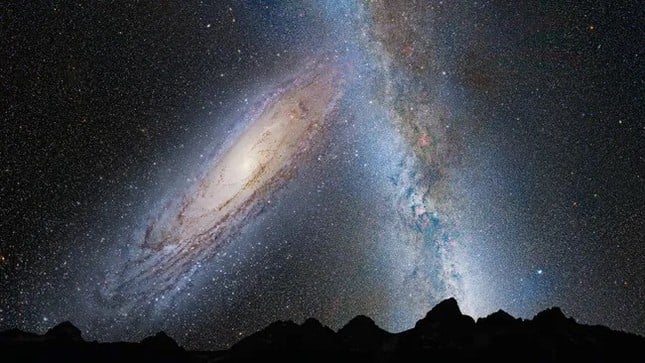 |
Simulation of the Andromeda galaxy (left) and the Milky Way (right) which are predicted to collide in the next 8 billion years. (Image source: NASA Goddard) |
A new study finds that the Milky Way has a 50-50 chance of colliding with a nearby galaxy in the next 10 billion years. However, the new findings suggest that such a catastrophic collision is much less likely than previously thought.
Located about 2.5 million light-years away, the Andromeda Galaxy (M31) is approaching our Milky Way at a speed of 110 kilometers per second. For this reason, astronomers have long predicted that the two galaxies will inevitably collide at some point in the next few billion years—spiraling into each other and merging to form a new galaxy.
"We find that the uncertainties in the current positions, motions, and masses of all galaxies create the possibility of completely different outcomes, and there is a 50% chance that no merger between the Milky Way and Andromeda Galaxy will occur in the next 10 billion years," the authors write in the study.
American astronomer Vesto Slipher discovered the Andromeda galaxy's possible collision path with the Milky Way in 1912, when he discovered that Andromeda's light was Doppler-shifted to the blue part of the light spectrum as it approached the Milky Way.
Further studies predict that Andromeda's eventual collision with the Milky Way is inevitable within the next 5 billion years, a process that will send our solar system flying out into the outer arm of the newly merged galaxy.
However, according to the researchers, previous studies did not take into account the "confounding factor" - the gravitational influence of other smaller galaxies to which the Milky Way and Andromeda belong, which could help keep the galaxies away from the risk of collision.
The researchers used observations from the Gaia and Hubble space telescopes to estimate the masses, motions, and gravitational interactions of the four largest galaxies. They then fed these data into a model that simulated several possible scenarios.
With the interactions of the four largest galaxies (Milky Way, Andromeda, Triangulum and Large Magellanic Cloud) taken into account, the researchers found that the likelihood of a Milky Way-Andromeda collision has dropped to extremely small. And if the collision or merger does occur, it will be at least 8 billion years away.
According to Live Science
Source: https://tienphong.vn/du-doan-ve-vu-va-cham-tham-khoc-giua-dai-ngan-ha-va-thien-ha-andromeda-post1665440.tpo


![[Photo] President Luong Cuong receives President of the Cuban National Assembly Esteban Lazo Hernandez](https://vphoto.vietnam.vn/thumb/1200x675/vietnam/resource/IMAGE/2025/9/30/4d38932911c24f6ea1936252bd5427fa)
![[Photo] Panorama of the cable-stayed bridge, the final bottleneck of the Ben Luc-Long Thanh expressway](https://vphoto.vietnam.vn/thumb/1200x675/vietnam/resource/IMAGE/2025/9/30/391fdf21025541d6b2f092e49a17243f)


![[Photo] The 1st Congress of Phu Tho Provincial Party Committee, term 2025-2030](https://vphoto.vietnam.vn/thumb/1200x675/vietnam/resource/IMAGE/2025/9/30/1507da06216649bba8a1ce6251816820)

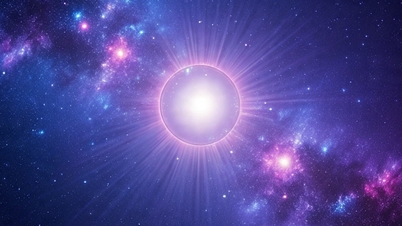


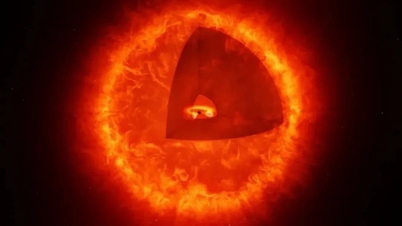

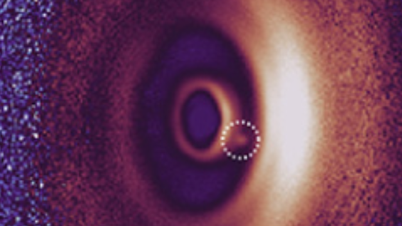























![[Photo] Solemn opening of the 12th Military Party Congress for the 2025-2030 term](https://vphoto.vietnam.vn/thumb/1200x675/vietnam/resource/IMAGE/2025/9/30/2cd383b3130d41a1a4b5ace0d5eb989d)






























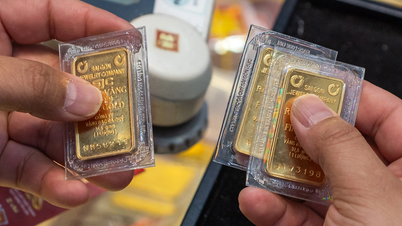
































Comment (0)